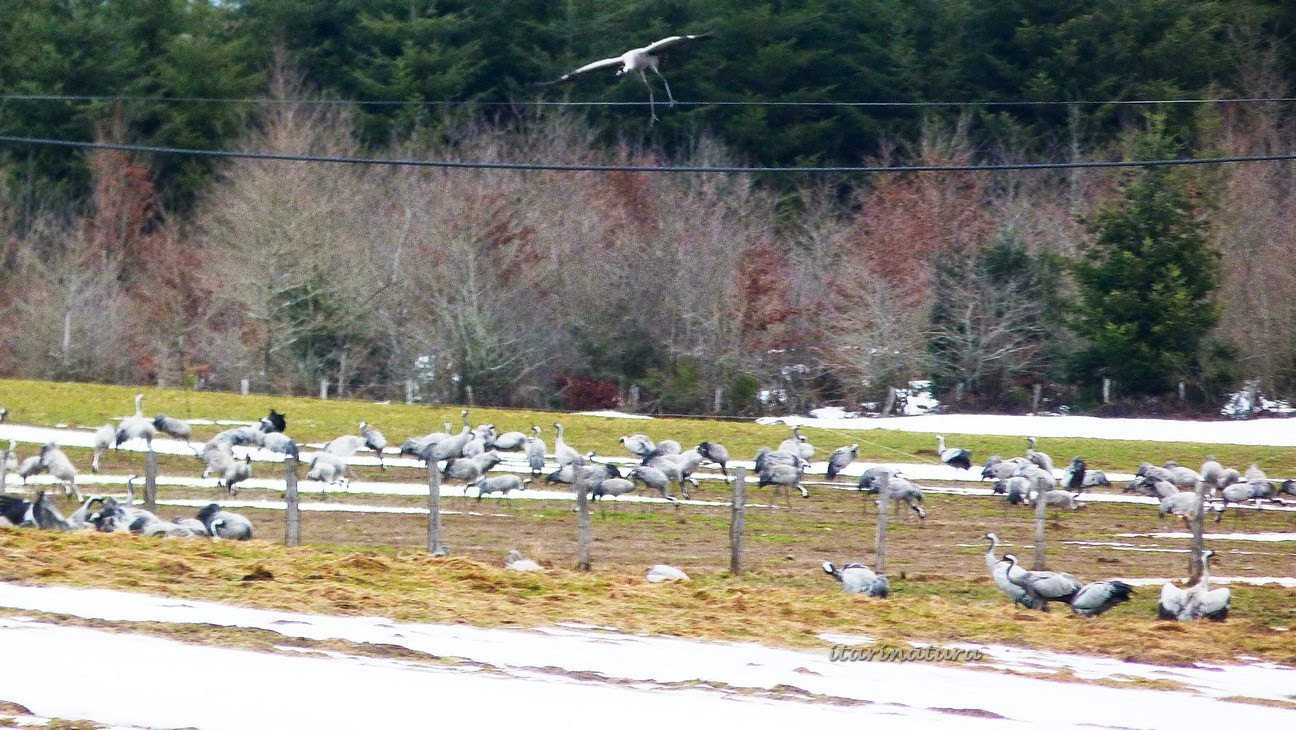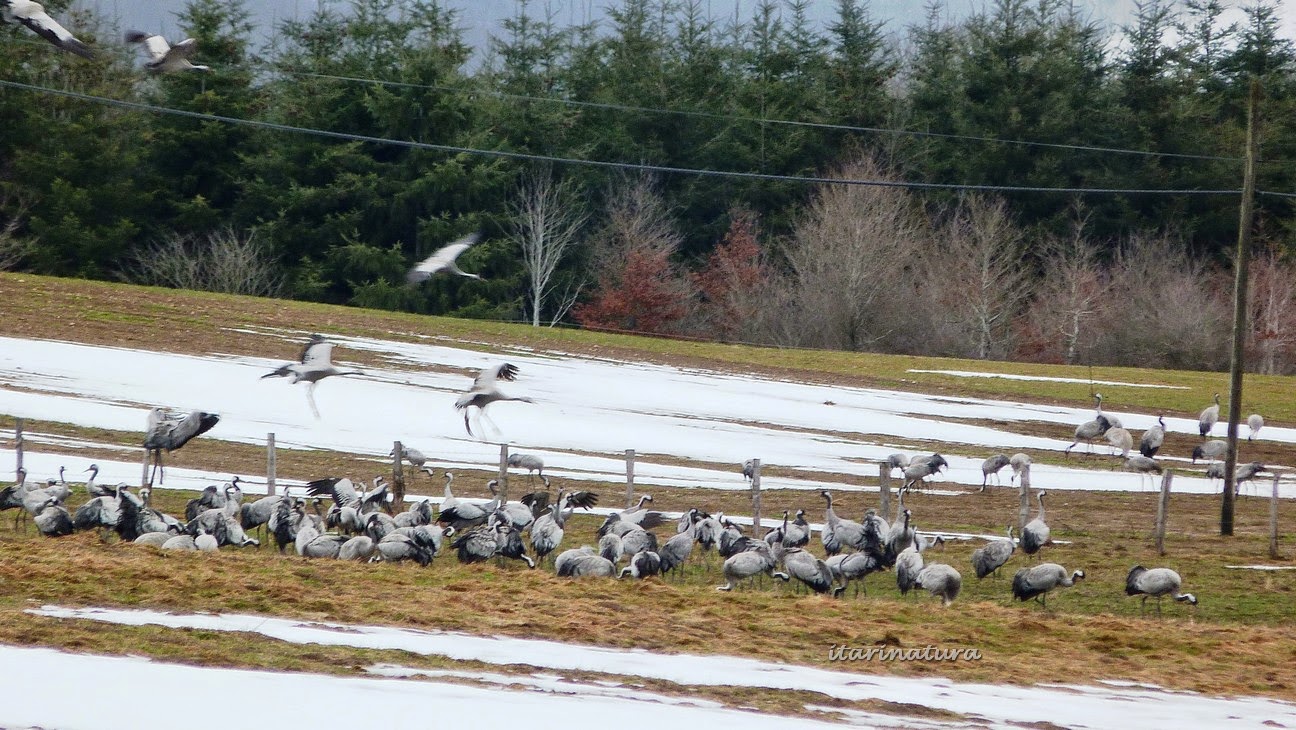It was running difficulty during 100 years, and soffer many wars, destruction and fires, which affected the villages of the valley of Aezkoa and therefore their neighbors for generations.
Today, once returned the property of the mountains in 1982 expropriated by the Spanish crown, and recovered its ruins by the Aezkoa Valley council, is BIC (belongins of cultural interest). They most of the ruins can be visited but they require consolidation and maintenance
The money than before the crisis had to consolidate the ruins (PDR sustainable) disappeared, and the situation of the ruins is precarious. There are areas where you should not go because there is a risk of falling stones, and they are areas fenced that people are not always respected, but many others are visited.
For this wide area, last year some neighbors of the tourism sector of the valley started to coordinate and propose to make an auzolan to the Aezkoa Valley council.
The auzolan or artelan ( means neighborhood work) is a figure of community organization typically Basque, where neighbors get together to do a job for the benefit of the community, as in this case
For this wide area, last year some neighbors of the tourism sector of the valley started to coordinate and propose to make an auzolan to the Aezkoa Valley council.
The auzolan or artelan ( means neighborhood work) is a figure of community organization typically Basque, where neighbors get together to do a job for the benefit of the community, as in this case
Other times someone could summon his neighbors, to do some private work, like fixing a roof, but that person would always be willing to back the aid.
In the twentieth century this practice began to disappear, The village councils began to pay to third parties some of the work previously done in auzolan, and people will not need their neighbors and prefer to pay professionals arrangements.
Need was what kept the community together, and now also many people only go to the villages for the weekend.
 |
| The famous 22 arches separating the coal cellar and the furnaces |
If no money but there is goodwill, there is much that can be done.
This year we also have met for that purpose. The grass that usually invade the factory had been cut almost entirely by two council workers in May, but it waas necesary another cut, finish cutting the parts waht they didn´t cut, and expose in certain places removing 1cm of ground the old pave that the factory had, so that in later years the plants do not grow in that area, and people can enjoy more the visit.
We have also conditioned the descent to the river so that people can get the most typical photo, the arcades. Last year we did most of this work, and now only have had to make a few tweaks.
This year we also have met for that purpose. The grass that usually invade the factory had been cut almost entirely by two council workers in May, but it waas necesary another cut, finish cutting the parts waht they didn´t cut, and expose in certain places removing 1cm of ground the old pave that the factory had, so that in later years the plants do not grow in that area, and people can enjoy more the visit.
We have also conditioned the descent to the river so that people can get the most typical photo, the arcades. Last year we did most of this work, and now only have had to make a few tweaks.
If you wonder where I was, I will say that clearing and occasionally, taking pictures so that you can see it now.
All morning it has not left us the "txirimiri," the typical fine rain in these last days of 35º C seemed a distant memory, and so in this photo we are not exactly ready to go to a wedding,
All morning it has not left us the "txirimiri," the typical fine rain in these last days of 35º C seemed a distant memory, and so in this photo we are not exactly ready to go to a wedding,
 |
| in front of the bokarte |
It is also true that we laughed, enjoyed the difference between before and after, and ... the hamaiketako or lunch!
 |
| Txistorra (sausage) and xingarra (bacon) |
The underground passages
Knowns by few people and walk almost nobody, is a network of small canals that carried water under the arms factory, being the largest of them Iturroil stream channel, passing beneath the palace, and crosses all the factory towards the river.
The main channel is high enough for a person to be standing comfortably, and as much the soil as the walls are made of ashlar stones. It's probably the best preserved of the whole factory, but visit is not easy.
If one day you want to see any of these areas and see some of the tiles of the old iron roof,cannonballs, knows how life was in this place, you know where to find me.
If one day you want to see any of these areas and see some of the tiles of the old iron roof,cannonballs, knows how life was in this place, you know where to find me.









.jpg)


.jpg)







.jpg)


















.jpg)




